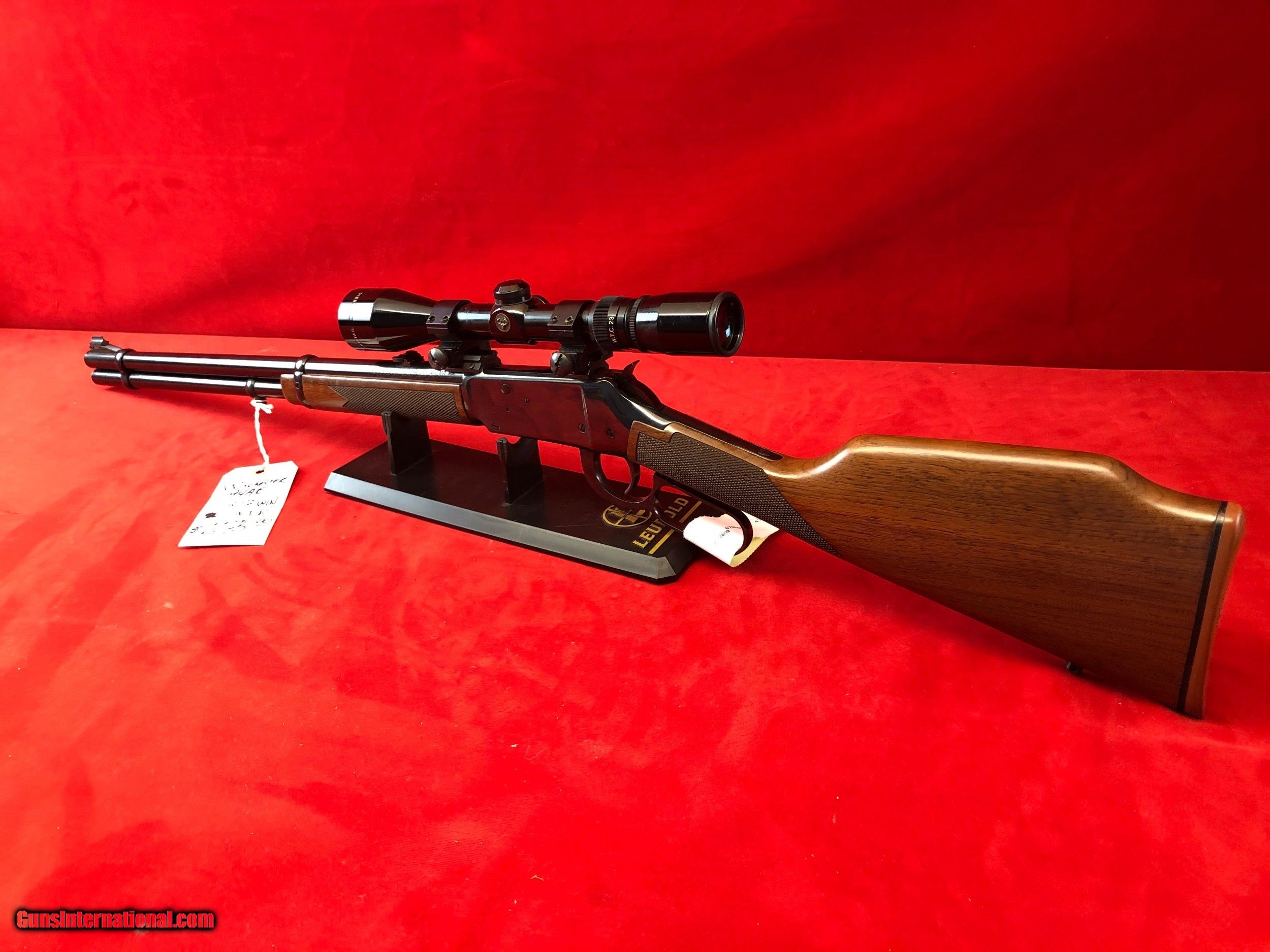

(Much later, a similar system was used by Gaston Glock in his autoloading pistols.) The Savage 99 lever action was inherently stronger than its competition and this allowed it to be chambered for high intensity cartridges when they came on the scene. The Savage's big, squared bolt is wedged firmly against the rear of the loading/ejection port in its massive, machined from billet, steel receiver. In the 1960s, the Model 99 safety was changed and became a slider on the top tang. This is commonly called the "trigger safety," due to its location. Lacking an exposed hammer with a "quarter cock" hammer position serving as a safety, the Model 1899/99 has a small safety catch mounted on the bottom tang behind the trigger that blocks the trigger and also locks the lever closed. The action also has a cocking indicator in the form of a pin that protrudes from the top of the receiver behind the bolt when the rifle is cocked and ready to fire. The magazine's smoothly rounded, solid metal parts cannot dent or damage the cartridges within. This shows the number of cartridges remaining in the magazine (not including a chambered cartridge, if any) and counts down from 5 (fully loaded) to 0 (empty). Its smooth feeding, machined, rotary magazine incorporates a cartridge counter on the magazine spool, which is visible through a small oval window on the left side of the receiver. The action is enclosed in a solid steel receiver designed to protect the shooter from any possible trouble. It is a right side ejection, hammerless action with a rounded, streamlined receiver shape. The Savage 99 lever action is quite different from the Winchester 94 and Marlin 336 designs. These latter rifles allowed the use of spitzer (pointed) bullets, like the new bolt action rifles with which they had to compete. While the Winchester 1894 and Marlin 1893 still retained under barrel tubular magazines that required the use of flat-nose bullets, the Winchester Model 1895 used a single stack, internal box magazine and the Savage 1895/1899 design used a superior rotary magazine. These lever action rifles were introduced when the American lever action was first being challenged by the European bolt action magazine rifle. The Model 99 was finally discontinued in 1998, by which time the rising cost of labor meant that even the detachable magazine version could no longer be profitably produced. By 1995, a Winchester 94AE carried an MSRP of $370, a Marlin 336CS carried an MSRP of $416 and a Savage 99C (clip magazine version) carried an MSRP of $629, all with checkered walnut stocks. The Savage Model 99 was the most expensive of the three surviving rifles to produce. The Savage 99, Winchester 94 and Marlin 336 had each sold well over a million copies by the time economies began to be instituted in the 1960s to combat rising production costs. The Winchester 95 was less commercially successful than the other three, being discontinued in 1931. Along with the Winchester Model 1894, Winchester Model 1895 and Marlin Model 1893, they are what might be called "fully developed" lever actions and represent the crest of the wave of lever action rifle popularity in North America. Savage's Models 1895/1899 were introduced at an interesting time in the development of American sporting arms. In 1920, the model number was shortened to "Model 99," but the rifle remained the same.

#Winchester 94ae checkered series
The Model 1899 series rifles made the reputation of Savage Arms.
#Winchester 94ae checkered upgrade
The Models 18 are quite similar and when the Model 1899 was introduced Savage offered to upgrade any Model 1895 to 1899 standard for $5.00. The Model 1895 was itself an improved version of the Model 1892 rifle (never produced), which was a joint project of Savage and Colt.
/431/1216431.jpg)
Photo courtesy of GunsAmerica.Īrthur Savage's famous Model 1899 rifle, promoted as the "First Choice for Big Game," was a modified version of his Model 1895. Savage Model 99 Rifles, the "First Choice for Big Game"Ī nice example of a Savage 99-EG rifle made in the early 1950s.


 0 kommentar(er)
0 kommentar(er)
